Danielle Da Silva is a photographer, activist and filmmaker, and the Founder and CEO of…
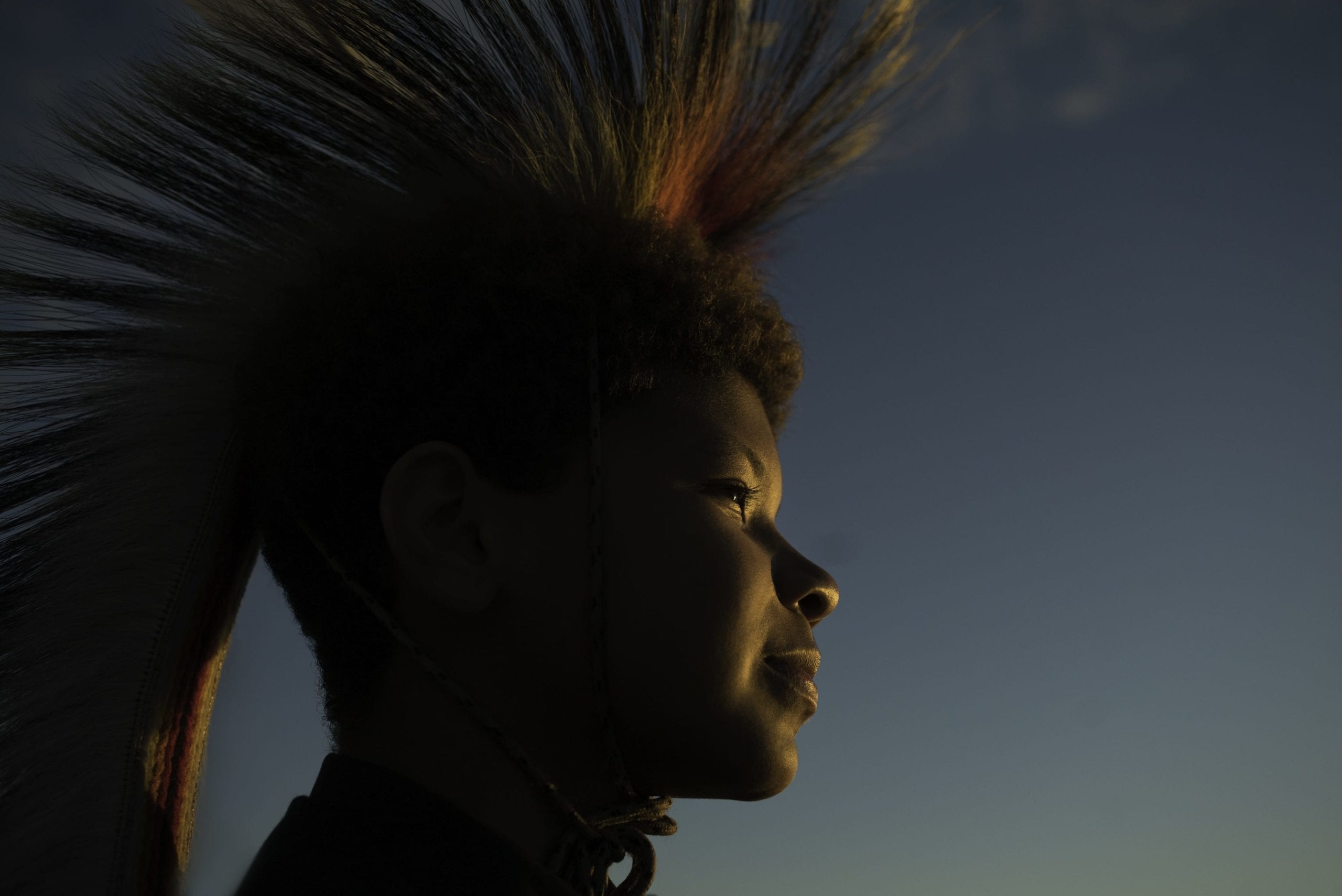

Danielle Da Silva is a photographer, activist and filmmaker, and the Founder and CEO of…

The winners were announced during Berlin Photo Week in Germany (10 – 14 October) where…
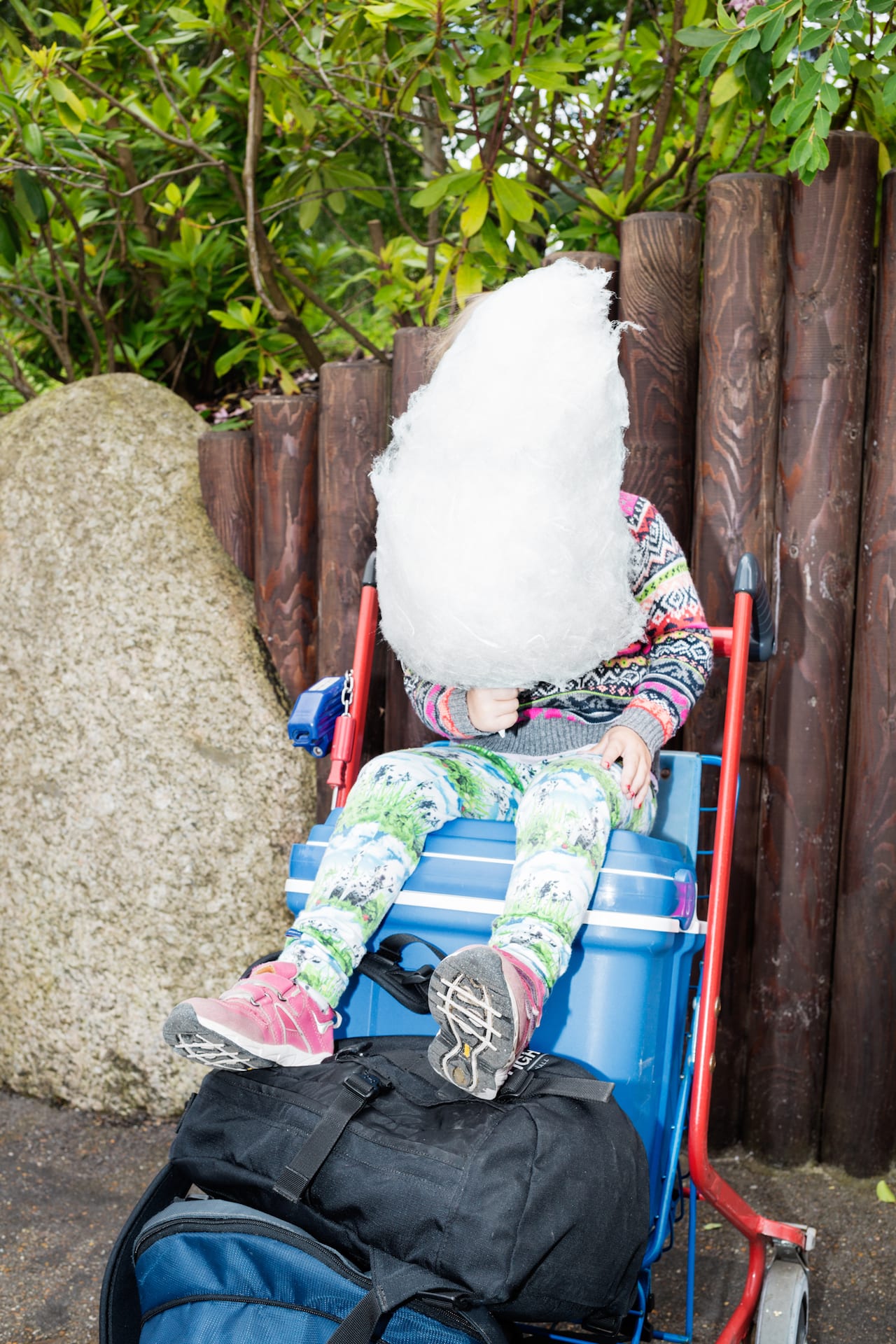
In the yearly World Happiness Report, Denmark, along with its Nordic neighbours, continuously ranks in the top three spots. But what is it about the Danes that makes them so happy? “After three years, I still don’t really have an answer,” says Giulia Mangione, whose new book, Halfway Mountain, seeks to uncover this very question. Mangione started the project in 2014, as part of a photography course she was taking in at the prestigious Danish School of Media and Journalism. Her experience as assistant photo editor at Calvert Journal and interning at MACK Books had helped her “develop a taste for documentary photography” and photobooks, she says, and, after showing a dummy of her project to Corinne Noordenbos – a celebrated educator and former tutor of contemporary photographers such as Rob Hornstra and Viviane Sassen – she decided to expand on it.
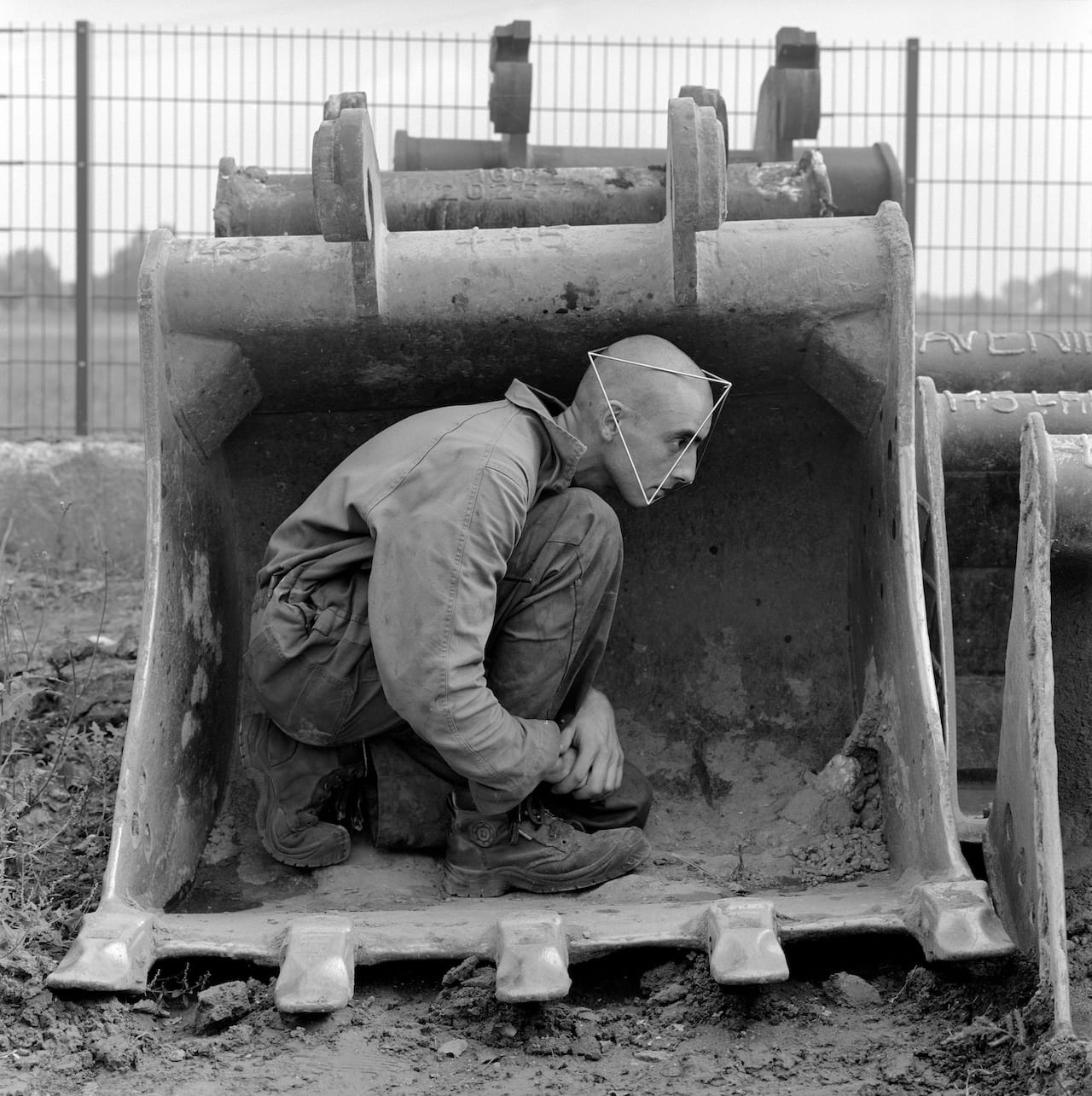
In 2017, Brian Griffin was invited to undertake an artist’s residency in Béthune-Bruay, northern France. Griffin, who is one of the most prominent British photographers of his generation, was initially selected because of the links between this region and his native Black Country, Midlands – both in terms of landscape and industrial heritage. But Griffin soon had other ideas, drawn from the fact that Béthune-Bruay was just ten miles from the Western Front during World War One. “I’m just a basic Black Country boy and I do make some obvious decisions, which do many times turn out to be fruitful,” he says. “So I decided to focus on the First World War.”
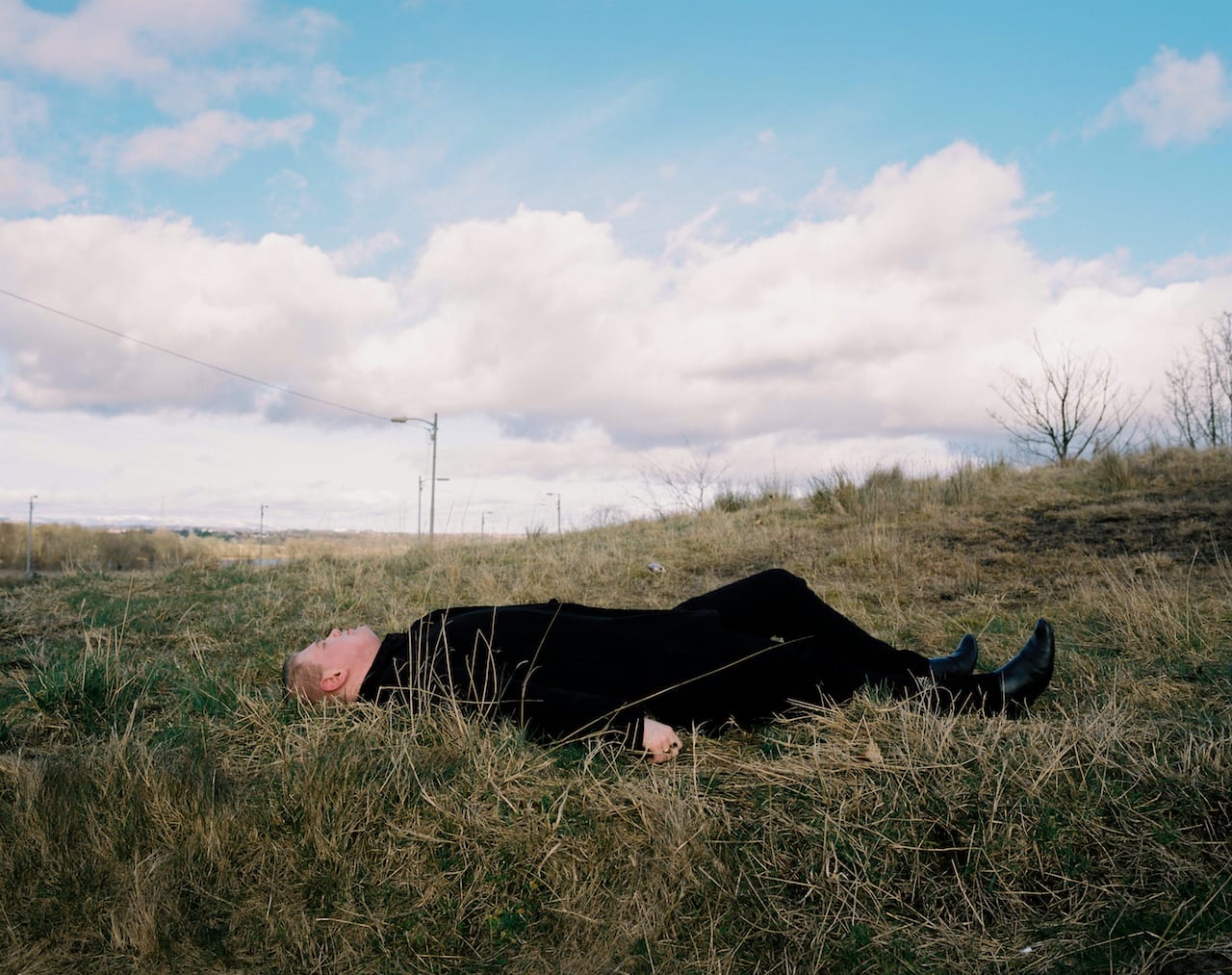
Invisible Britain, a forthcoming book of portraits, shows people who have been left out of the media narrative and left behind by government policy – people who for whatever reason fell on hard times, and found there was little or no support, beyond what they might be able to set up for themselves. Running through the book are references to austerity, the programme of public spending cuts introduced in the UK after the recession, and the impact it’s had on the people here – whether it’s in the lack of support for the full-time carer Greg, who ended up committing suicide, or the patchy probation offered to Matt, who’s spent the last decade falling in and out of prison. The spectre of Brexit also looms, and the uncertain future, but all too obvious intolerance, it’s brought in its wake.
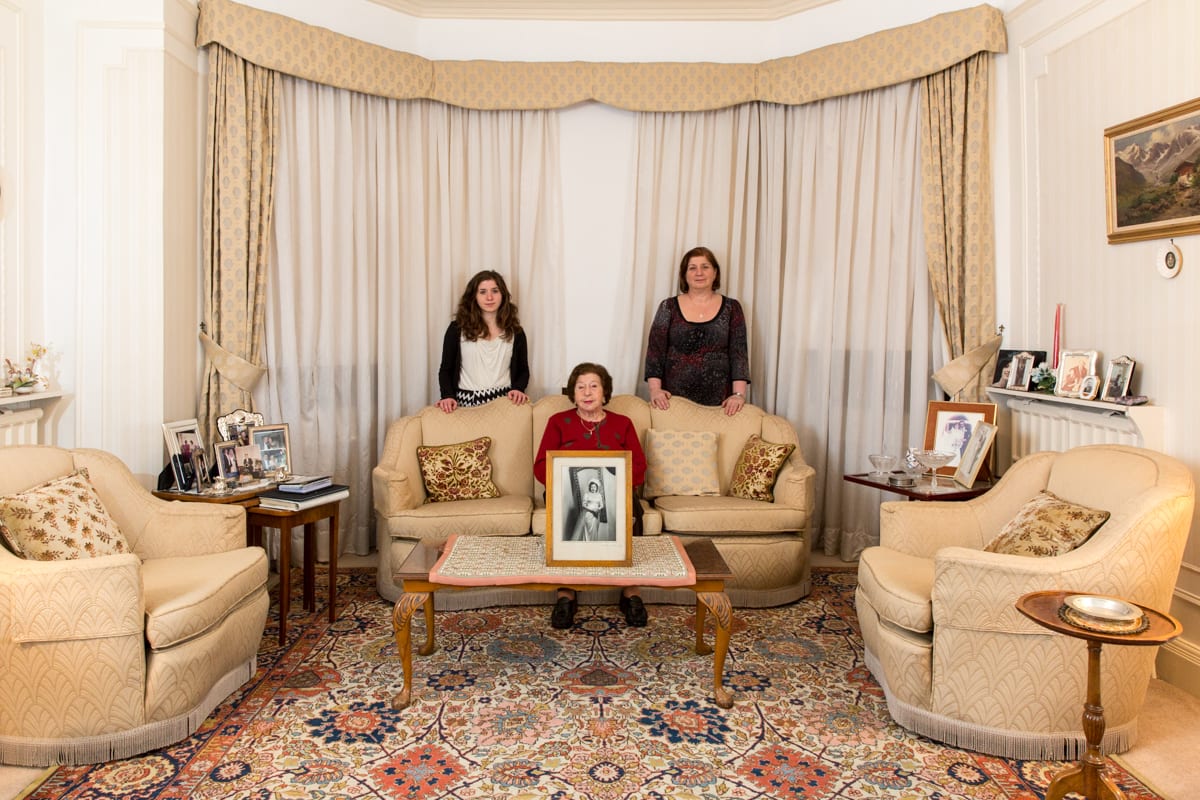
Chris Steele-Perkins began The New Londoners four years ago, a project reflecting the individuality, community…
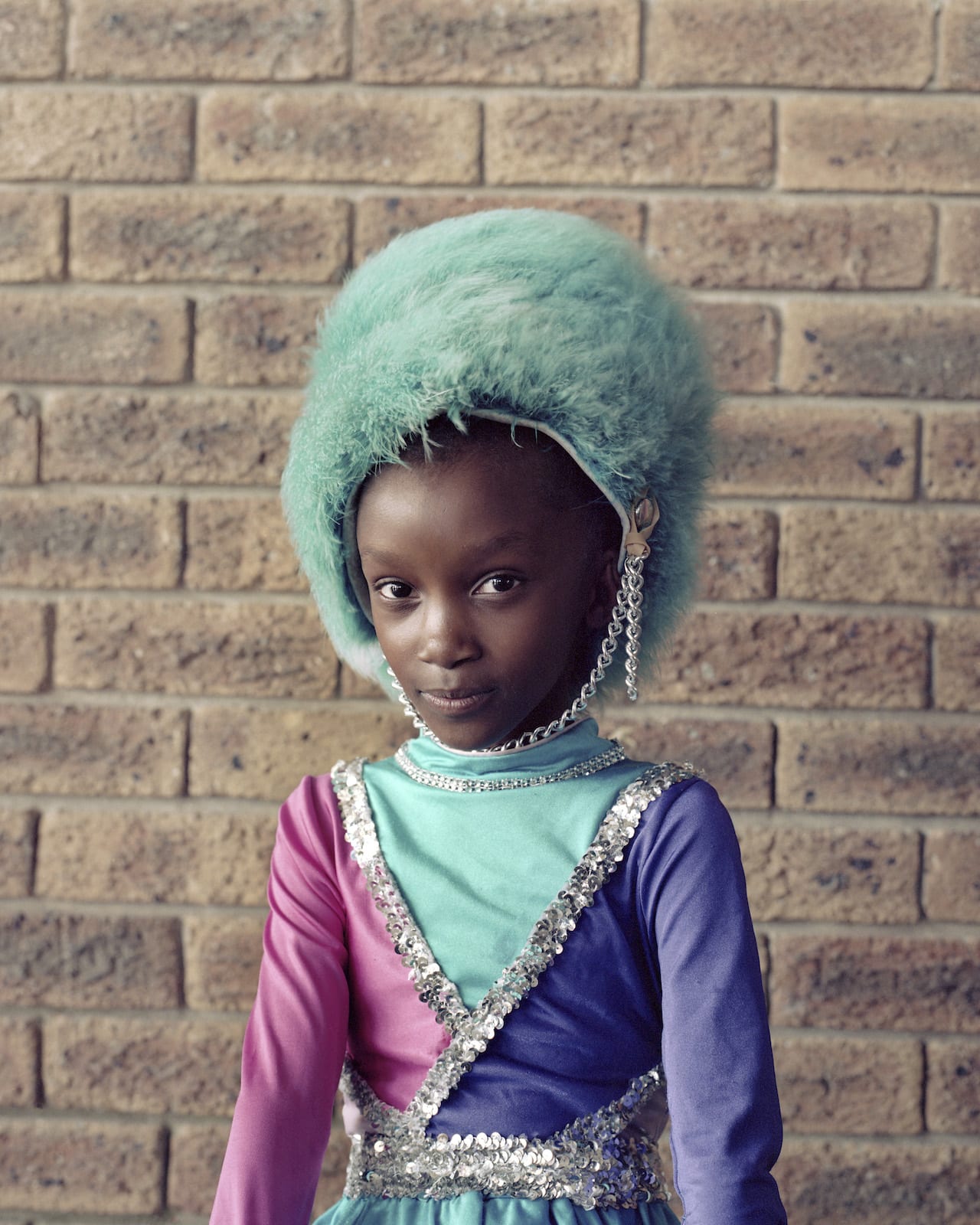
Alice Mann has won the Taylor Wessing Photographic Portrait Prize 2018 with a set of four images of South African drum majorettes – the first time the award has gone to a series not a single shot.
Mann’s photographs show five young girls from Cape Town dressed as ‘drummies’ – a popular hobby for children from some of South Africa’s most disadvantaged communities. Mann, who is now based in London but originally from South Africa, spent three months photographing drum majorettes, and says her winning portraits come from a much larger series.
“The images are part of a much larger body of work, which is a combination of a more documentary approach and portraits,” she explains. “These four portraits are some of my favourite images, especially the one of Riley and Wakiesha because they are so charismatic.
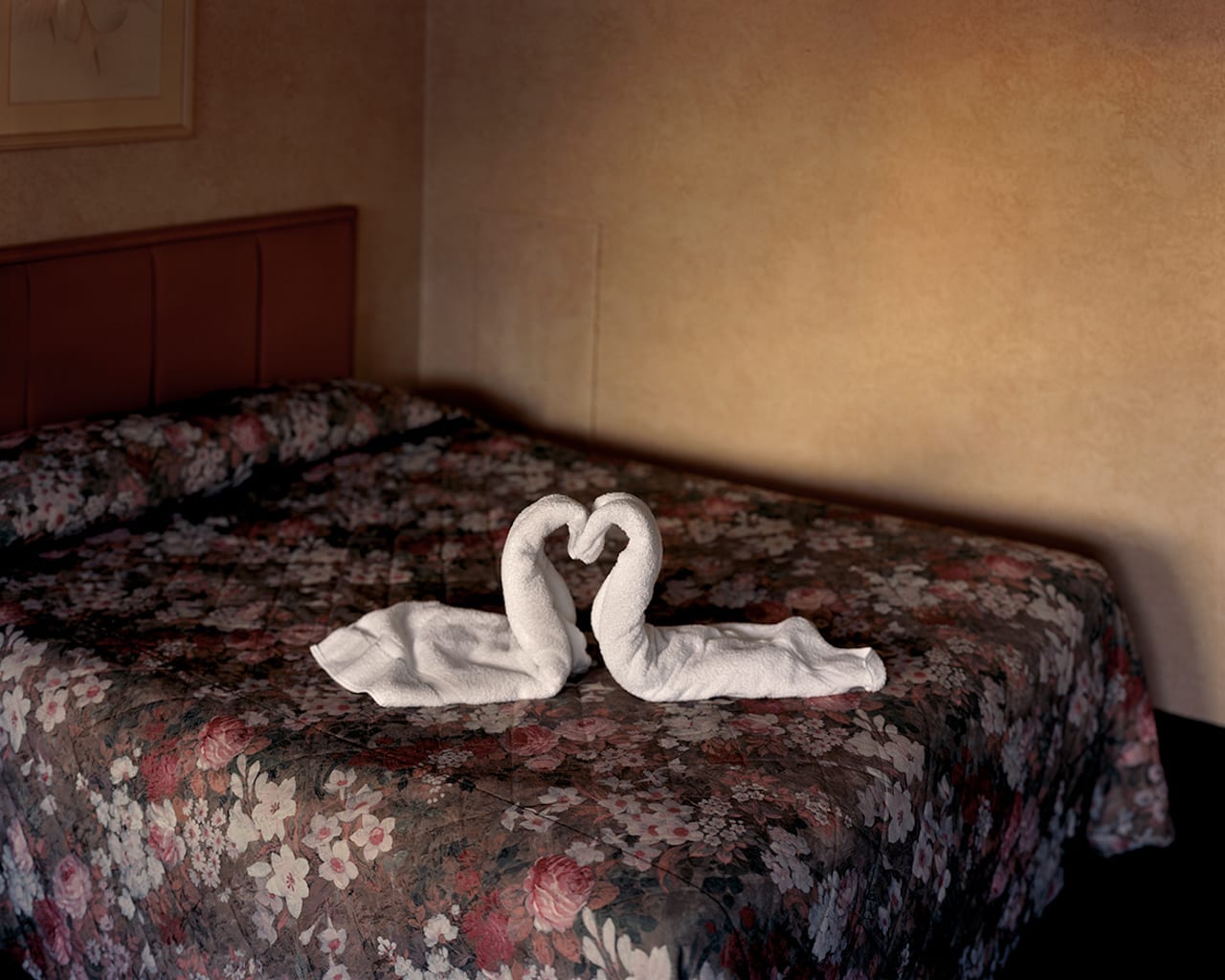
Alec Soth’s first book, Sleeping in the Mississippi, was so sweeping in its epic statements, it seemed that Soth had nothing left to photograph. What could he do next? The answer is Niagara, a portrayal of the town that has traditionally been the romance capital of North America. In Niagara, Soth sets out to capture the grand passion of life, to do for love and marriage what Sleeping in the Mississippi does for the American Midwest.
“Niagara is part of American mythology. It’s a place of romance, where people go to get married,” says Soth. “But when I got there my view of the place totally changed. The American side is economically devastated. It’s bleak.” As Mack Books republishes Alec Soth’s classic book, BJP revisits our review first published in 2006
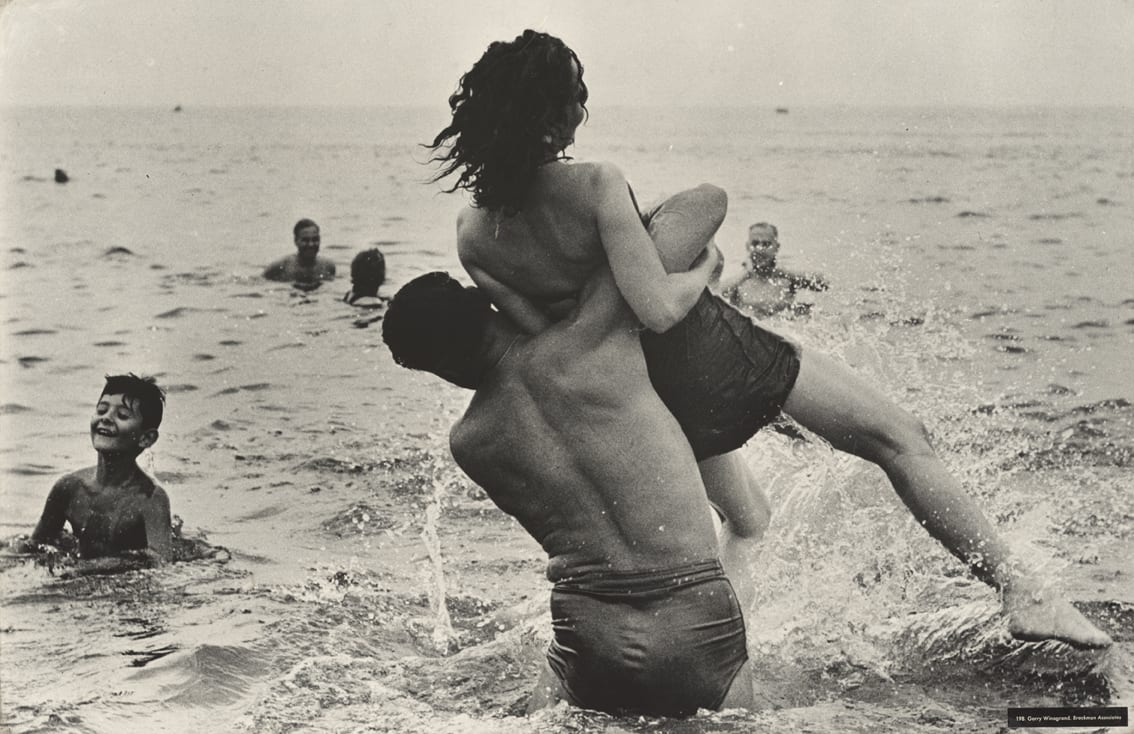
Portrait of Humanity is a new global initiative in partnership with Magnum Photos, seeking to prove…
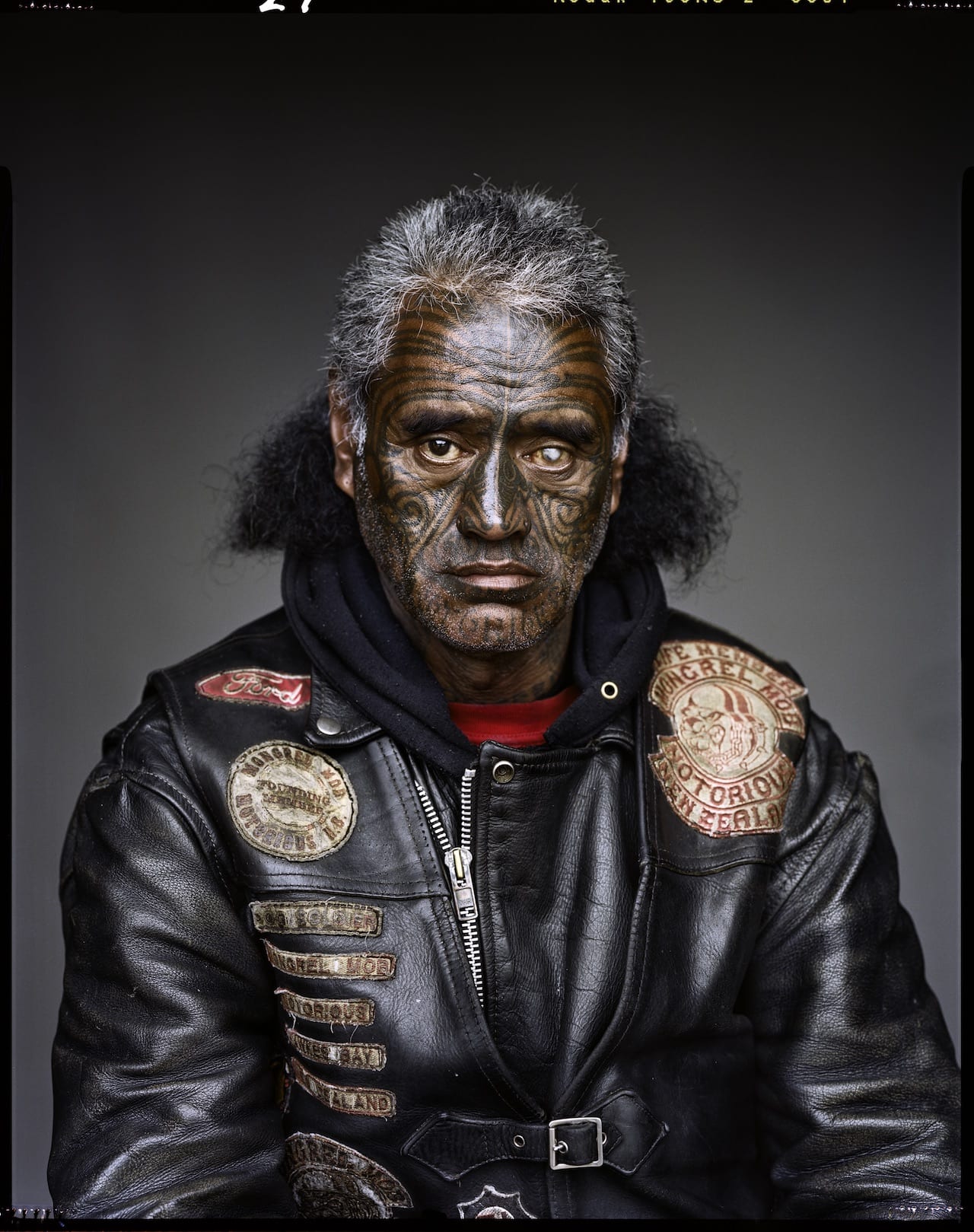
Arresting. Exquisite. Gripping. Chilling. Disgraceful. Unacceptable. These are all words people have used to describe portraits made by Jono Rotman. Created over the last decade, his project Mongrelism presents an intimate look at members of the Mongrel Mob – New Zealand’s largest, most notorious gang. Though he is looking at a subculture as an outsider – a domain regularly mined by photojournalists – Rotman eschews a traditional documentarian approach to his subject matter. In so doing, the project’s scope extends beyond the Mob itself to touch upon issues related to New Zealand’s charged colonial past and self-professed biculturalism, the politics and ethics of portraiture, and the intersections of seemingly disparate human experience.
The New Zealand-born photographer explains that since childhood, “I always felt certain violent and uneasy forces within my country”. In Lockups (1999-2005), Rotman photographed the interiors of prisons and psychiatric hospitals throughout New Zealand, exploring the medium’s ability to convey the fraught “psychic climate” embedded in these state-controlled institutions. The works are eerily devoid of people, a deliberate decision made, says Rotman, “because I wanted to encourage a direct, personal interaction with the spaces. With prisons, for example, as soon as you introduce people into the picture, it becomes easy to think, ‘Here’s the storyline: this place is for those sorts of people. And I can fit it all into my established worldview’.”